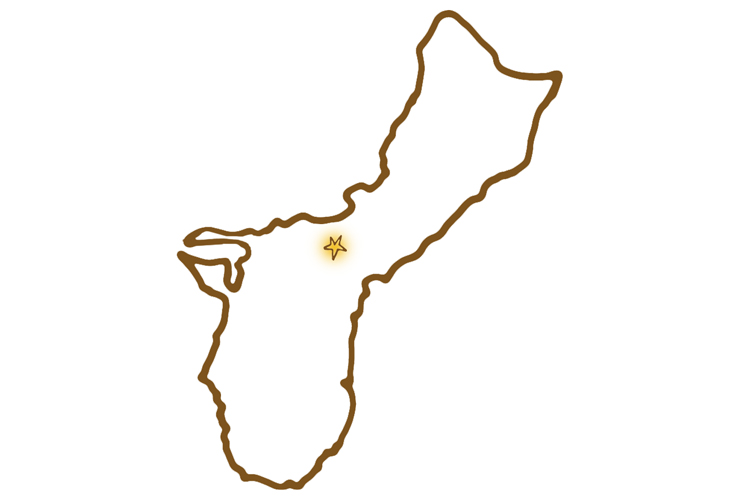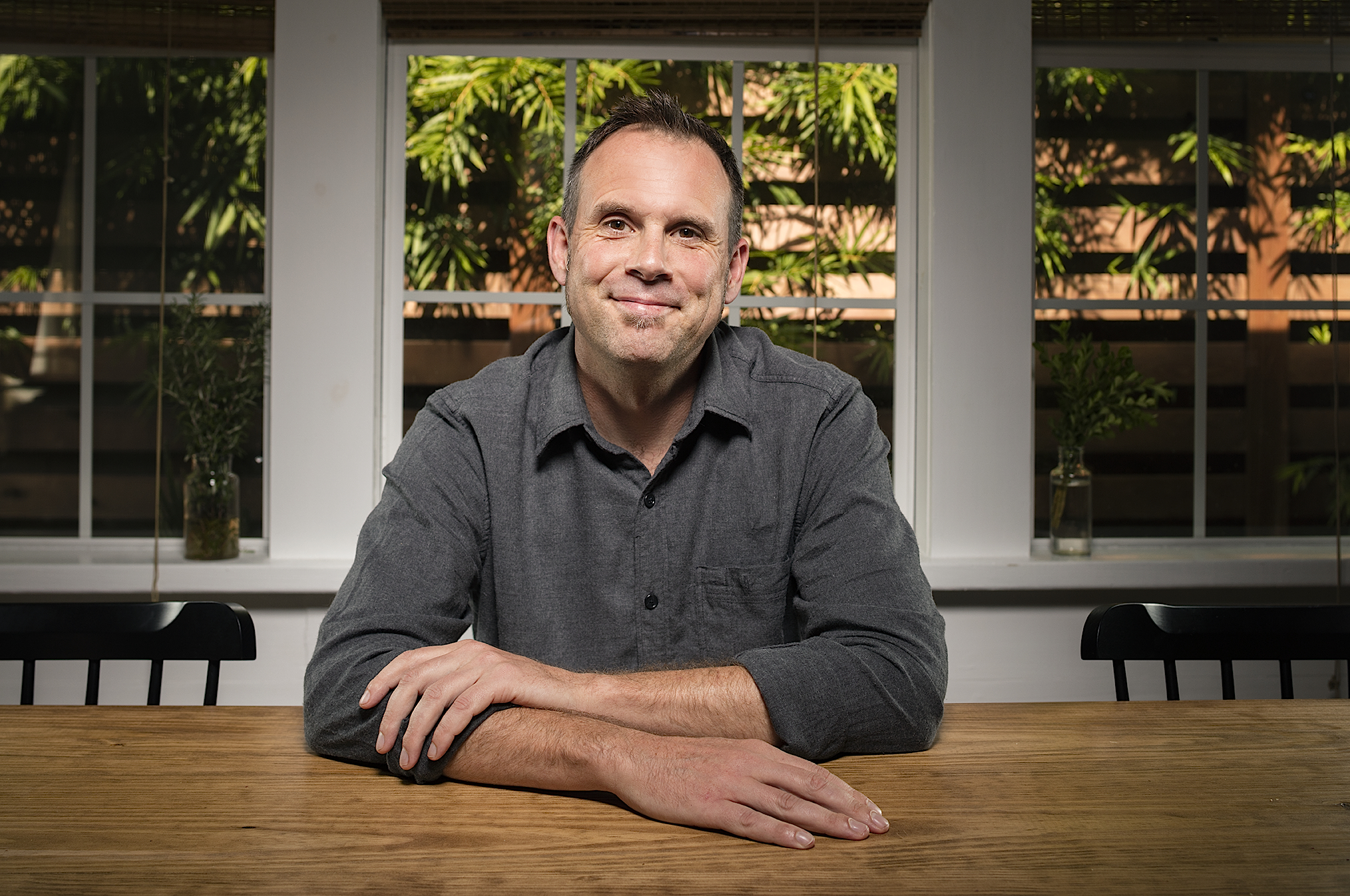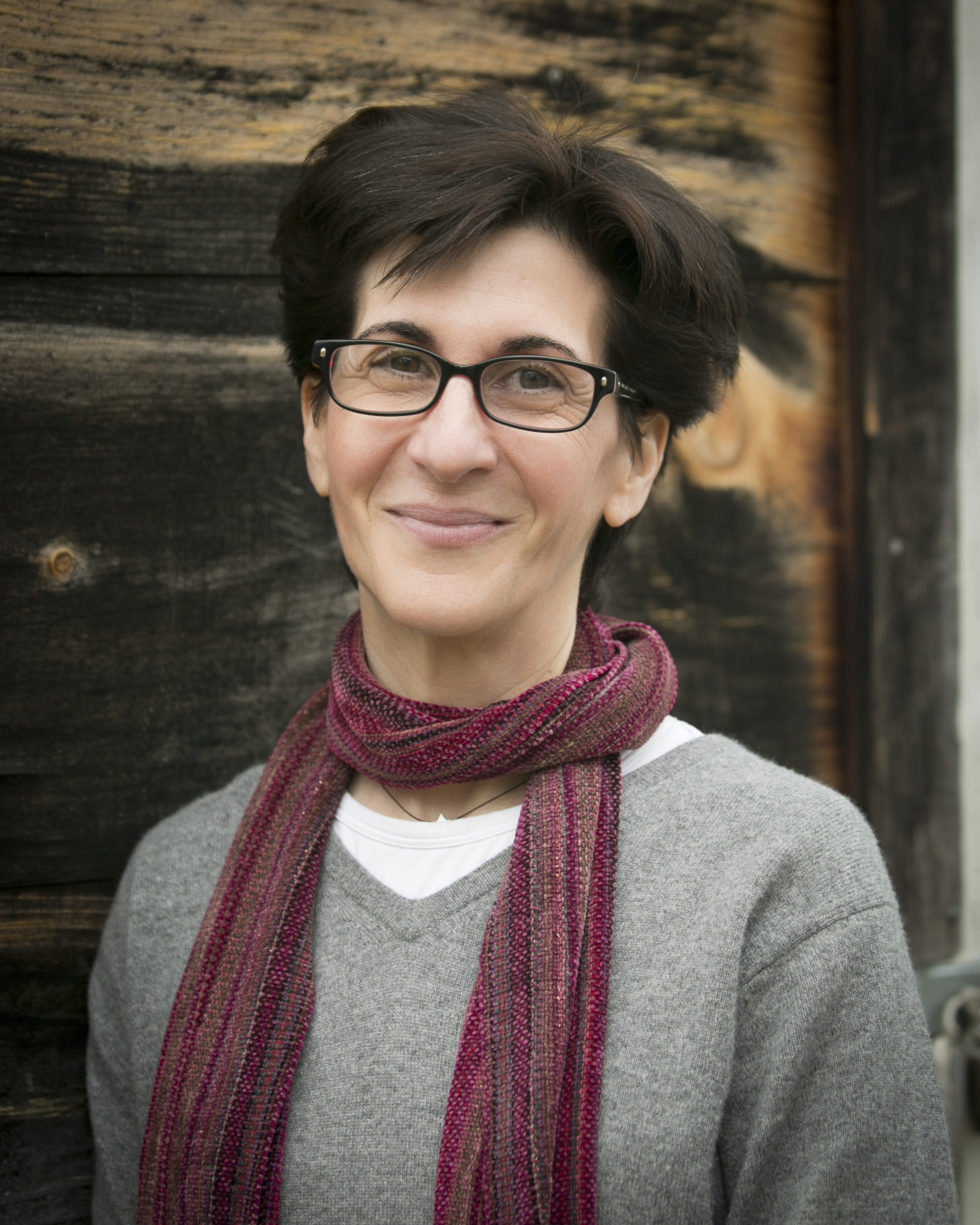FIFTY Study Page: Guam- “The Radioman”
FIFTY: Guam- “The Radioman”
Each story in the FIFTY collection focuses on a remarkable American from a different state. Below are some recommended topics to inspire further investigation of the history and geography of the state, as well as themes that can support our children’s growth and development.
In 1941, the Japanese forces took control of the U.S. territory in Guam and most of the U.S. citizens escaped. Six soldiers, however, were left behind. Two and a half years later, only one had successfully managed to escape capture: George Tweed, the Radioman. The reason for his success included good hiding spots and his intimate knowledge of electronics — but the biggest source of support came from the people of Guam who risked their lives to keep him safe.
Note: Though this is historical fiction and the characters have been developed to accommodate a story, their attributes and development may be useful as reference points and inspirations.
Guam History
- History of the people of Guam from Chamorro to Spanish to American
- History of the Pacific campaign of WW2
- Biography of George Tweed
Guam Geography
- Map of Guam along with other Pacific Islands
- Map of the Pacific as it relates to Japan and United States
“The Radioman” Study Topics
- A study into how different nationalities treated war prisoners
- Comparison of George Tweed’s experience and that of Japanese escaped prisoners on Guam after the American occupation
Topics for Reflection
From a Child Development Perspective:
A little bravery can offer a lot of help to others. Sometimes people have to do very, very brave things in order to protect others, and sometimes they even risk their own safety in doing so. These are true acts of heroism. Many Chamorro families hid the Americans in order to keep them from being captured by the Japanese. It was dangerous, and they put themselves and their own families at risk doing this act of service. It was also very risky for Antonio and Josefa to bring food and electronic equipment to the “Radioman,” George Tweed, but it was important enough to take the risk.
Perseverance and self-sacrifice are also important when helping others. Not only does protecting others sometimes require bravery, but it can also require perseverance and putting your own comfort secondary to the needs of others. For Josefa to reach “The Radioman,” she had to make a long hike up the hill to the cave where he was hiding, and she needed to pace herself and to rest regularly.
Those who are in hiding also need to be strong and brave. George Tweed knew that others were risking so much for him, and sometimes he even thought it would be best for everyone if you turned himself in. Josefa reassured him that what everyone needed was for him to escape and be freed.
Working for an important purpose can sometimes call for big sacrifices. Sometimes brave people even sacrifice being in contact with their own family in order to do what is required for the betterment of all. Tweed had not heard word from his wife and children in over two years when he was in hiding in the cave in Guam.
Human beings are ingenious and resourceful — especially in times of need. The “Radioman” used bits and pieces of tubes and electrical materials and other paraphernalia and assembled them into a radio, waiting only for a transmitter to make it work.
Just sitting together can be enough. Sometimes the best gift we can give to another is not a material possession or a way to take care of physical needs, but rather just the gift of our company. The Radioman wanted very much for Josefa to simply sit with him and join him for supper so that they could converse.
When all seems dark, hold on to hope. There may be times when the only thing we can do in times of pain and doubt is to hold on to what we believe in and to grab tight to our hope. Josefa did not know that George Tweed had made it back to America safely until she received notice that he had gotten the radio to work and had escaped. All she could do was to hope that he was well. Fortunately he had escaped, but had he not, at least she would have known that they all did what they could. Holding on to our convictions also gives us strength.
Gratitude communicates volumes. When someone does a good turn, we should extend our gratitude either by showing our thanks in return or by paying it forward, generously benefiting others. George Tweed gave back to the Arturos for their dedicated service on his behalf. Even though they didn’t expect it, they received the Medal of Freedom for their bravery AND they received a car from George Tweed! And the cycle of giving continues — the gratitude exchange carried on when Josefa gave George the recipe for Titiya bread, not only for the taste, but rather because it reminded him of the kindness of others.
Not yet a subscriber? Try a free trial HERE.
About the authors
-

David Sewell McCann
Story SpinnerDavid Sewell McCann fell in love with spinning stories in first grade – the day a storyteller came to his class and captured his mind and imagination. He has been engaged in storytelling all of his adult life through painting, film-making, teaching and performing. Out of his experience as a Waldorf elementary class teacher and parent, he has developed a four step method of intuitive storytelling, which he now shares through workshops and through this website.
-

Meredith Markow
Sparkle Schoolhouse Head of SchoolMeredith has been working with adults and children of all ages for the past 25 years as a Waldorf Teacher and Educational Consultant. She received a B.A. with a focus on child development and child psychology from the University of Michigan, in 1984, an M.A. Ed from Washington University in 1987, and her Waldorf Teaching Certificate from the Lehrerausbildung (Teacher Training) in Nurnberg, Germany in 1989. She was certified as a Living Inquiries Facilitator in 2014, and she completed her formal teaching certification with The Enneagram Institute in 2014. Her work in the classroom and with individuals and groups is designed to help people of all ages to drop self-limiting beliefs to live a more joyful and compassionate life.




